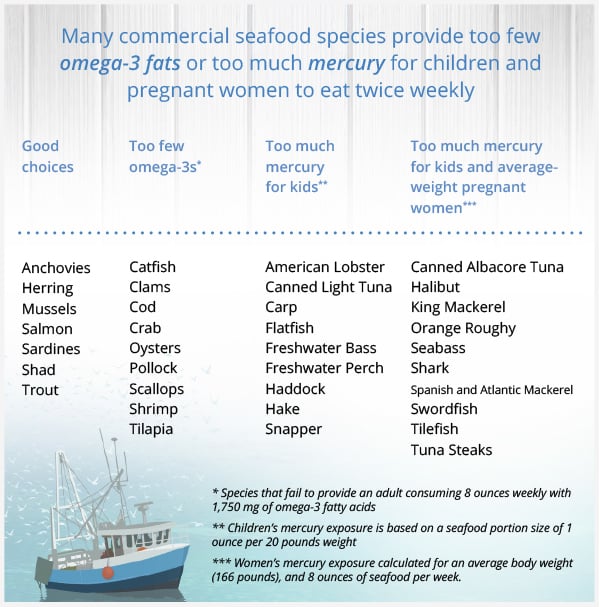 |
As people age, many assume they are destined to gain weight and get brittle bones. However, if you maintain a healthy diet and incorporate regular physical activity, this does not need to be the case. The average American is extremely inactive. For example, many people use climbing the stairs in their house, parking at the far end of the parking lot, and walking the dog for five minutes outside as their exercise for the day. Sorry to be blunt, but this is just normal daily activities and should not count towards exercise, especially if you have a sedentary office job the rest of the day. Your heart rate should be elevated (due to physical activity) at minimum thirty minutes a day and exercise should be challenging in order to get the most benefit. As you get older, a sedentary lifestyle makes you extremely prone to accelerated muscle loss, weight gain, osteoporosis, depression, and early death, among other harmful effects.
Sarcopenia
is the term used to describe muscle loss along with a decrease in muscle
strength and/or muscle performance, typically beginning at age 25. However, the
older you get, the faster your muscles lose strength due to inactivity. Losing
strength puts adults at risk for falls, decreases immunity and wound healing
ability, slows the metabolism, and decreases glucose disposal (1). Thus the
risk for morbidity increases and many studies show that weaker adults tend to
die earlier than those who have more lean muscle. In one interesting study (2),
healthy young adults who were placed on bed rest for 28 days lost 2% of their
total lean leg mass. In comparison,
healthy older adults who were placed on bed rest for only 10 days lost 10% of
their total lean leg mass while consuming the same RDA protein as the healthy
younger group. This study was quite significant because it shows that the older
adults lost 3x more muscle in only 1/3 the time as healthy young adults (1).
So, as you
get older it is incredibly important to keep very active. You are not destined
to have a slowing metabolism and become a frail geriatric. You must keep moving
all day long and participate in regular resistance training to encourage
protein synthesis and muscle strengthening. As you get older, you must work
harder at your workouts to get the same results as when you were younger.
However, you can still maintain a rockin’ solid body if you work hard. The
benefit of getting older is most people have more free time on their hands (ie:
retirement). Use this as an opportunity to engage in activities that are social
and keep you active instead of falling into the typical adult who spends more
than ¾ of their day in sedentary activities. I encourage people to (at least)
stand up every 20 minutes- every time you are inactive you are breaking own
lean muscle. Sit less move more!
To prevent the breakdown of muscle, people
must incorporate resistance training on a regular basis. Try to incorporate
resistance training that works every major muscle group at least 2-3 times per
week to prevent muscle breakdown. You must also consume lean protein and
carbohydrates in order to build muscle. Try to spread carbs and protein
throughout the day, as this can help prevent your body from going into muscle
stores for energy.
To
summarize, just keep moving as you get older! Make sure you are getting your
heart rate elevated for at least 30 minutes per day, but keep moving all day
long! Don’t let your life just pass you by sitting on the couch, go outside,
see people, nature, and enjoy moving! You start breaking down muscle in your
20’s which is why many people begin to gain weight…. It doesn’t have to be that
way! If you work hard your metabolism will not slow much at all as you get
older.
If you are
interested in learning how to eat to preserve lean muscle for your body,
schedule an appointment with me at Club La Maison! Many insurance plans cover
up 6-10 nutrition sessions per year at 100% with a dietitian including
Independence Blue Cross, Highmark Blue Shield, Aetna, AmeriHealth, and
Administrator plans. If interested in scheduling an appointment, please email
me at: nutrition@clublamaison.com.
References:
1. National Dairy Council Webinar on 7/23/14: “Aging and Muscle Loss: Too Young to Worry? Think Again!
2. Paddon-Jones et al. 2004; Kortebein et al. 2007
3. Cruz-Jentoft Age Aging 2010;39(4):412-23; Burton et al. Clin Interv Aging. 2010; 5:217-28. Review
4. Roubenoff, 2003
5. The Journals of Gerontology, August, 2012
6. Dr. Gabe Mirkin's Fitness and Health e-Zine, July 24, 2014, http://www.drmirkin.com
7. Picture Source: http://philadelphia.cbslocal.com/2011/06/16/encouraging-seniors-to-lift-weights/

